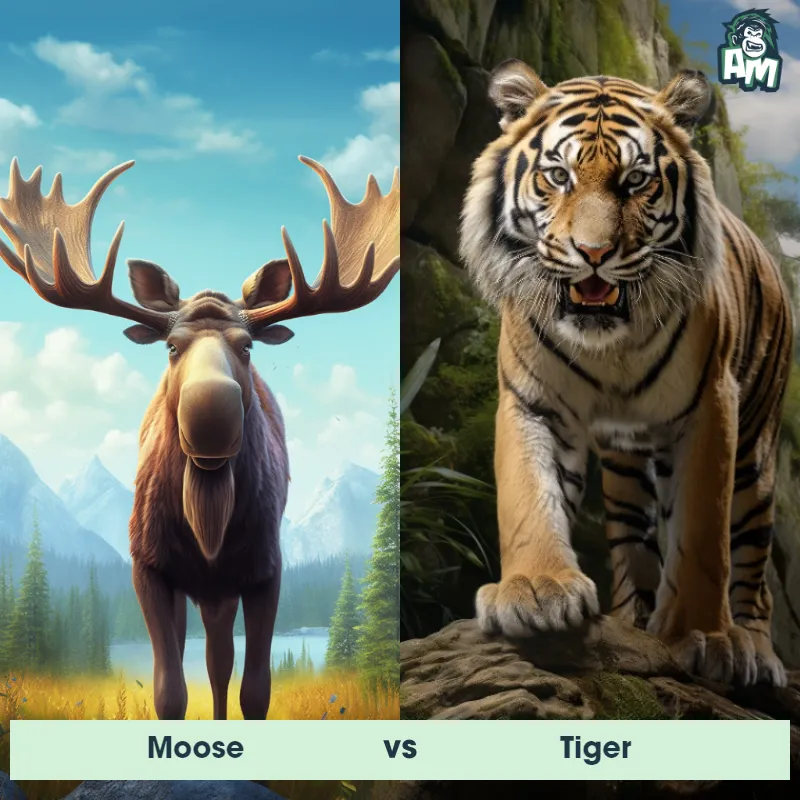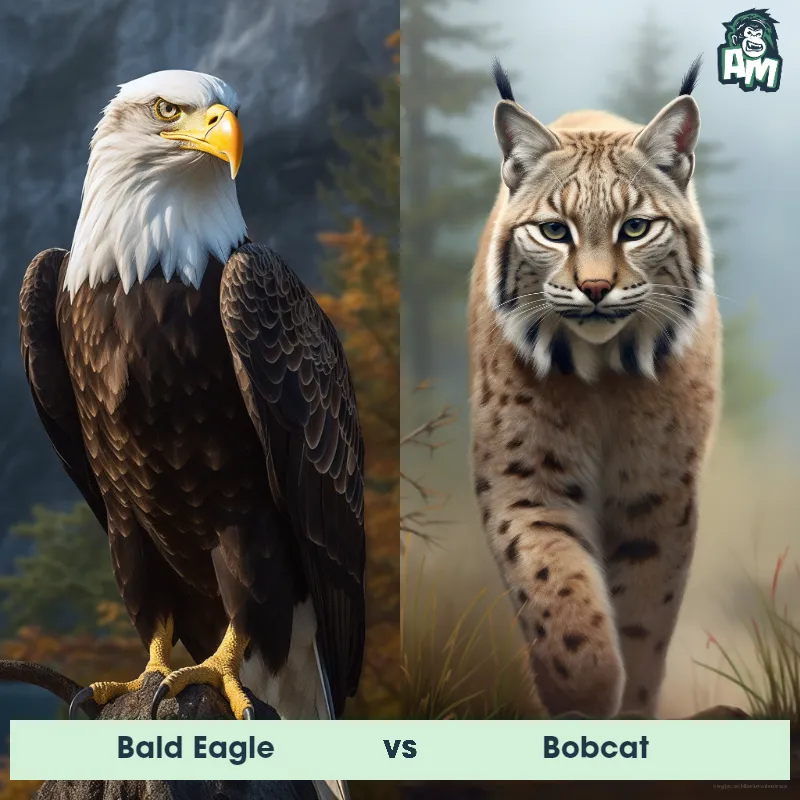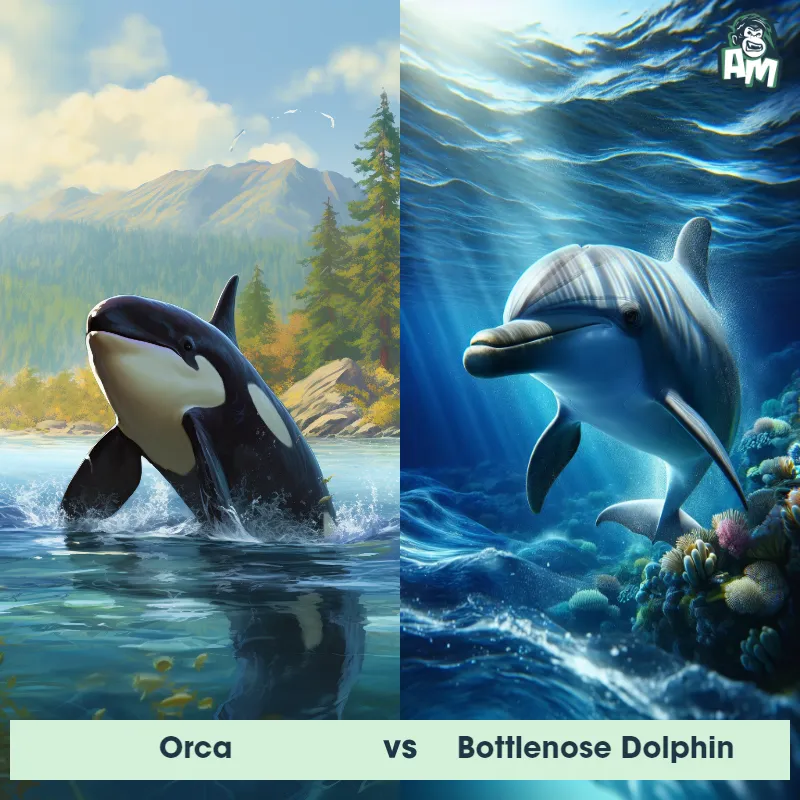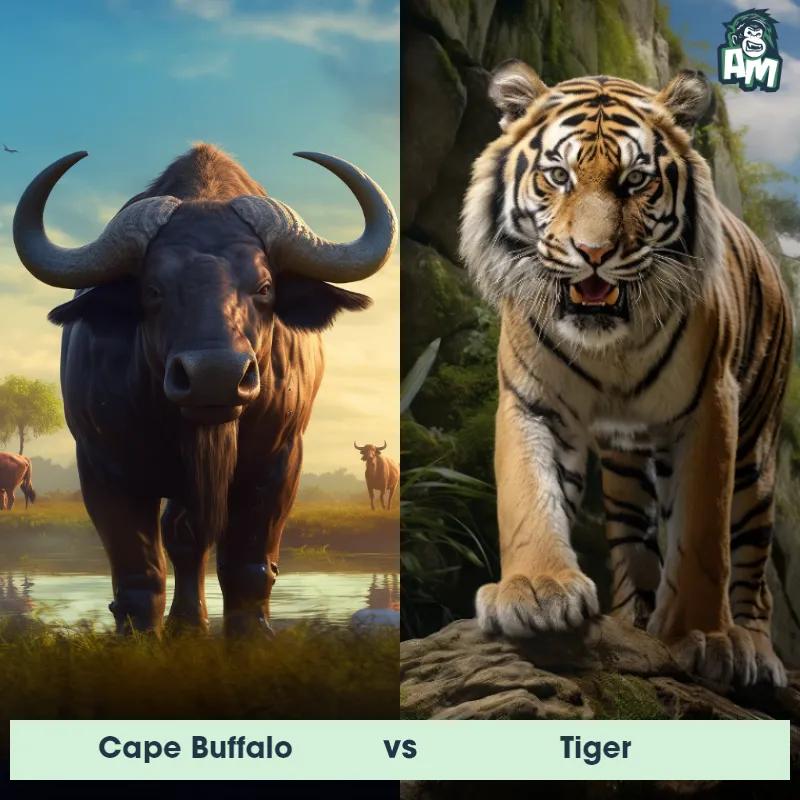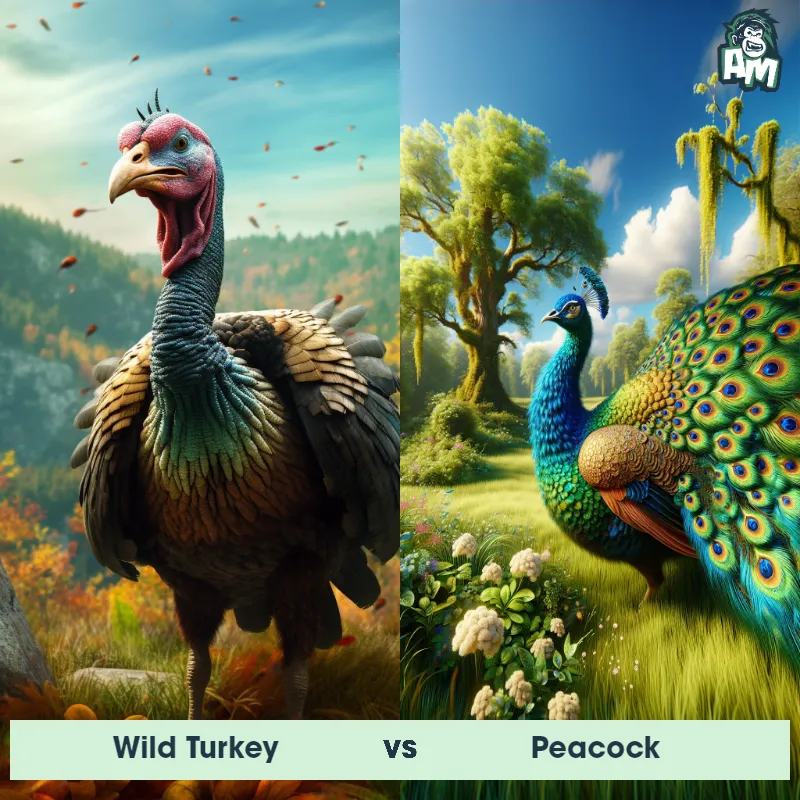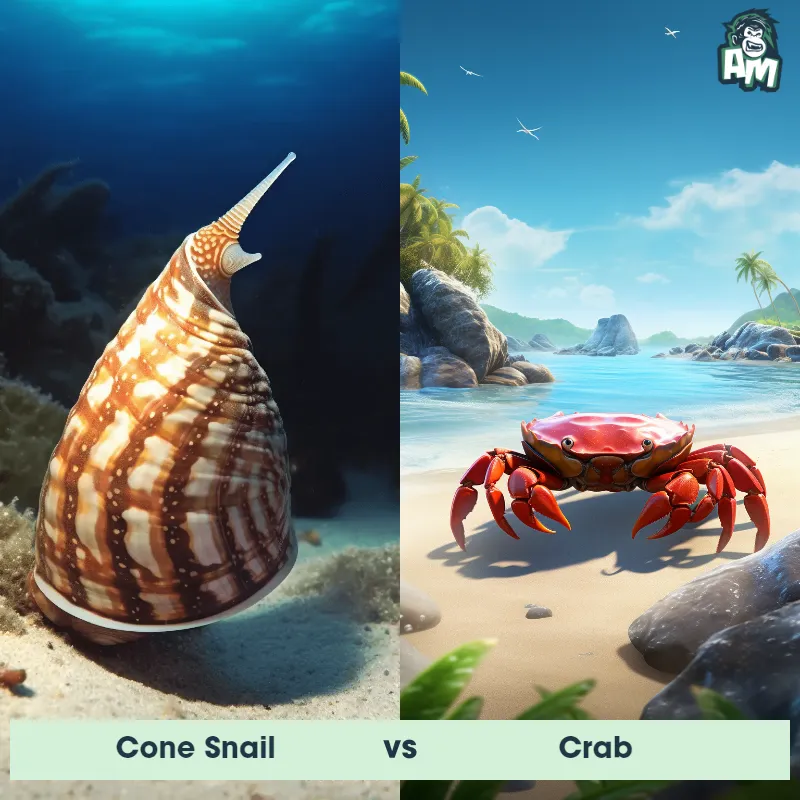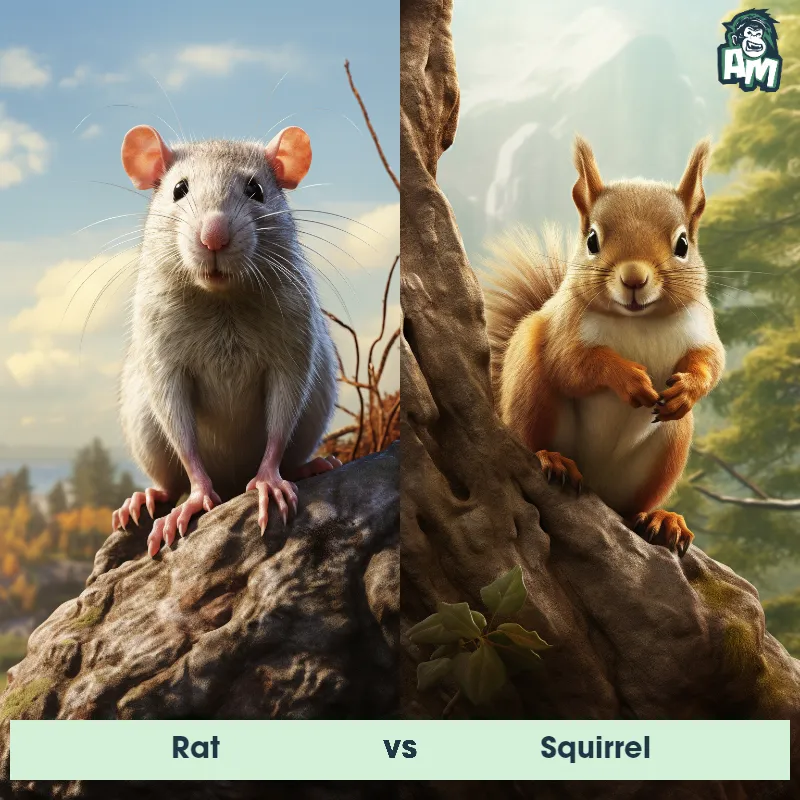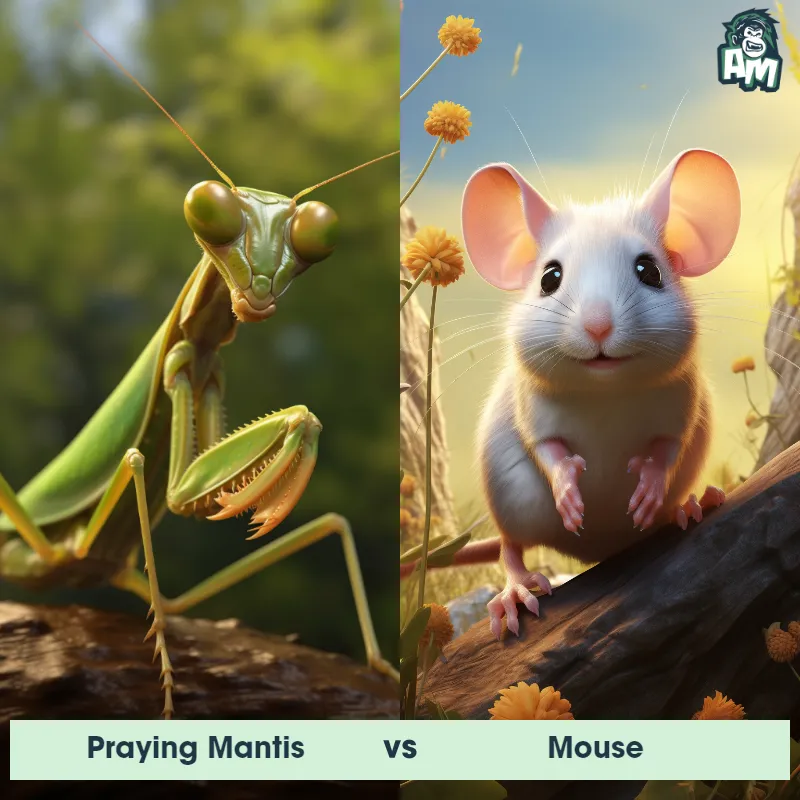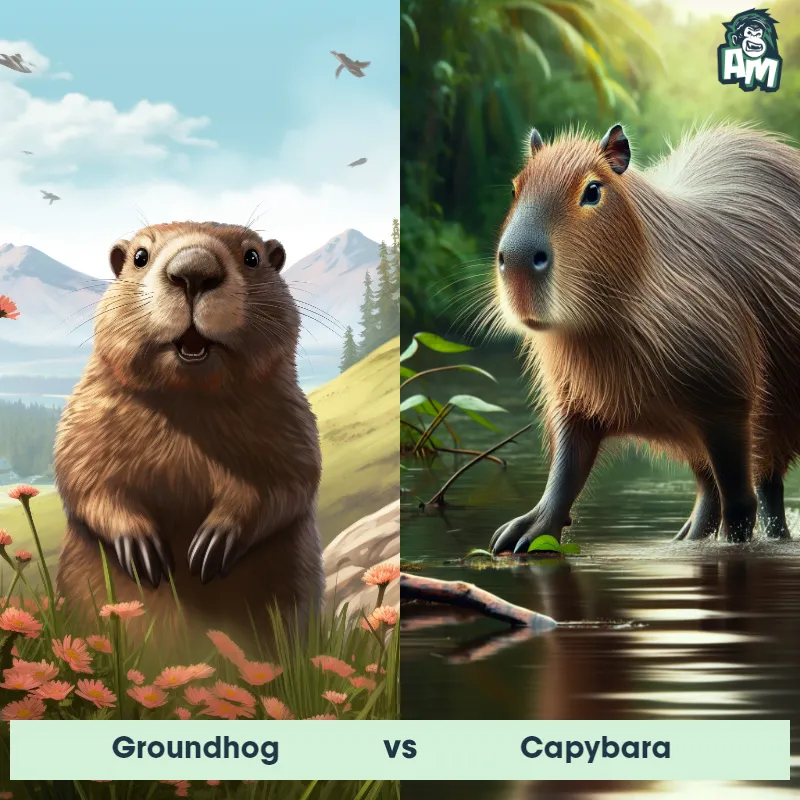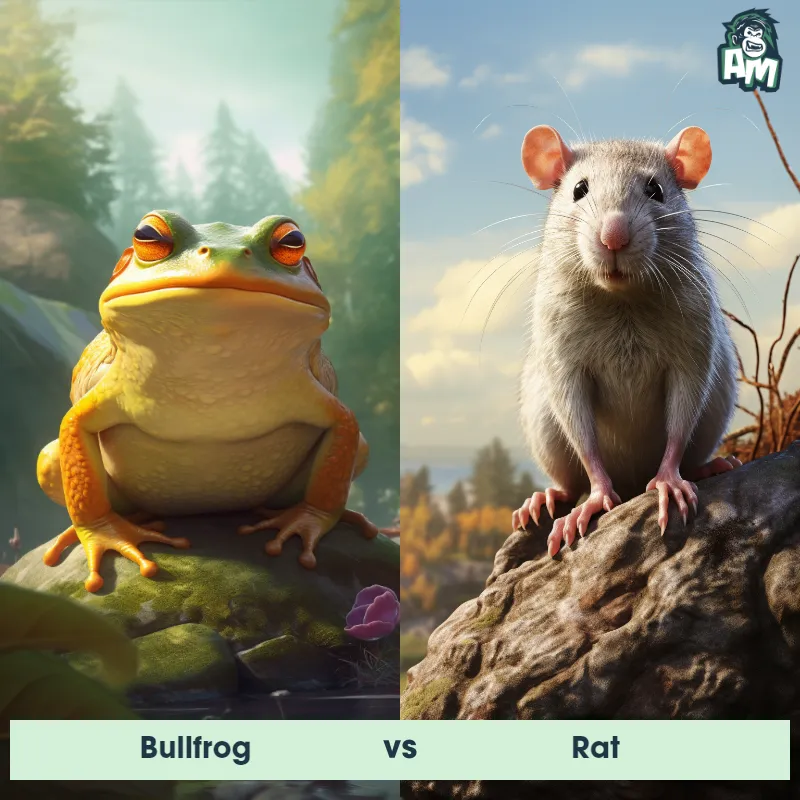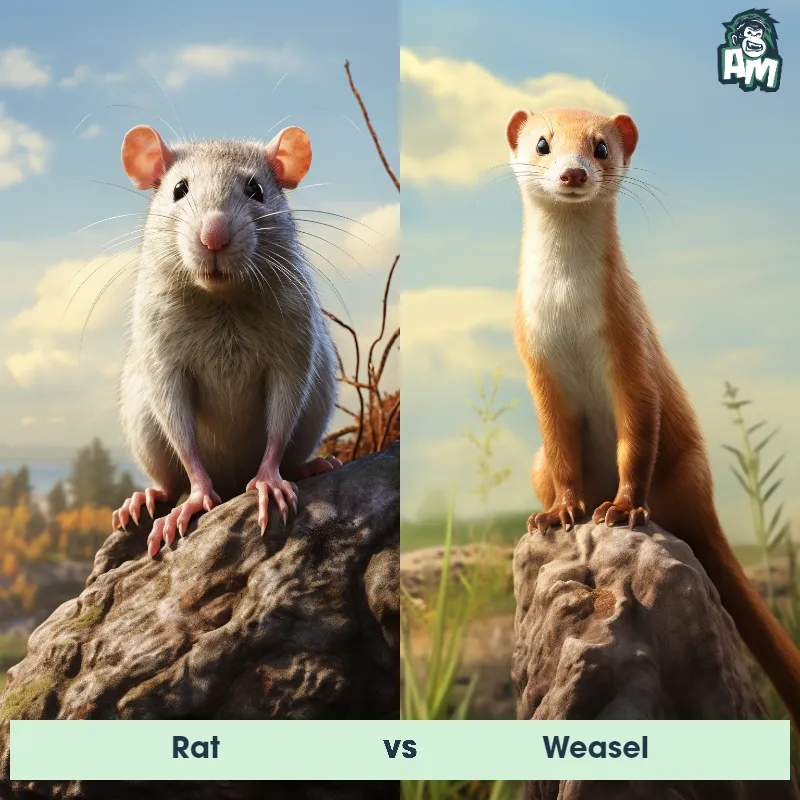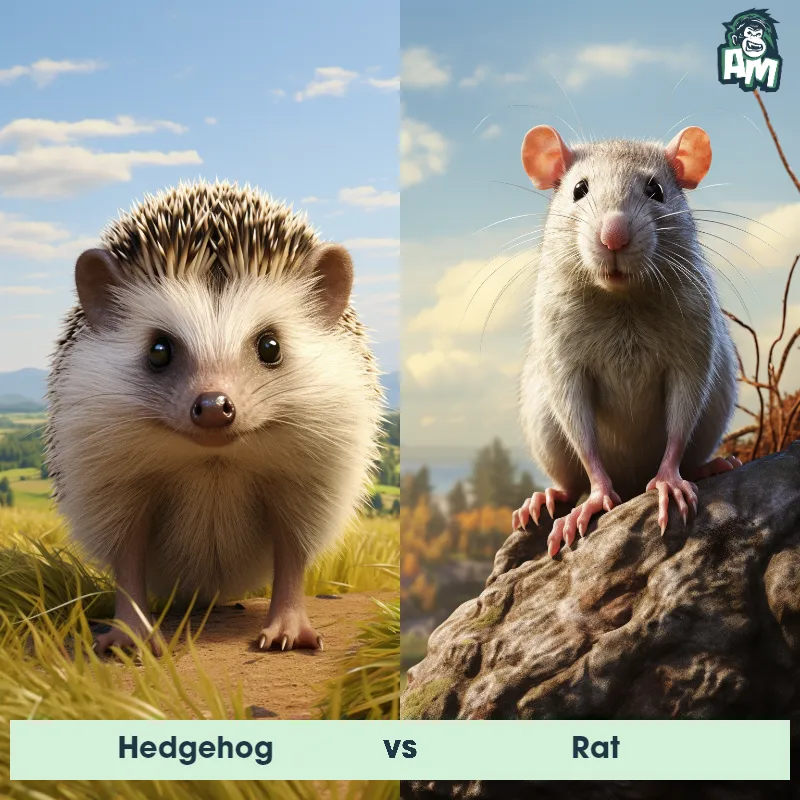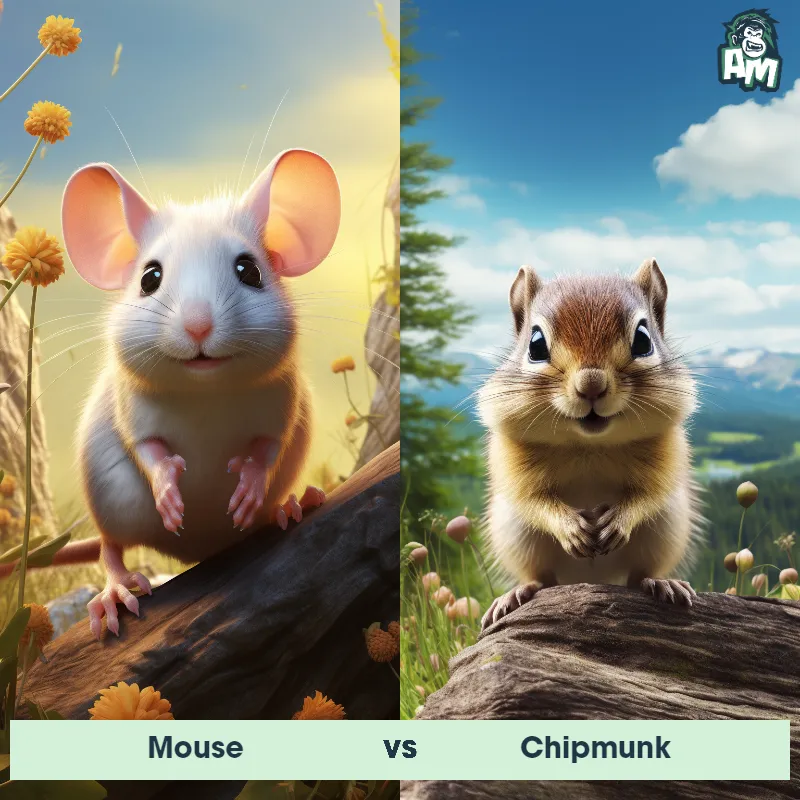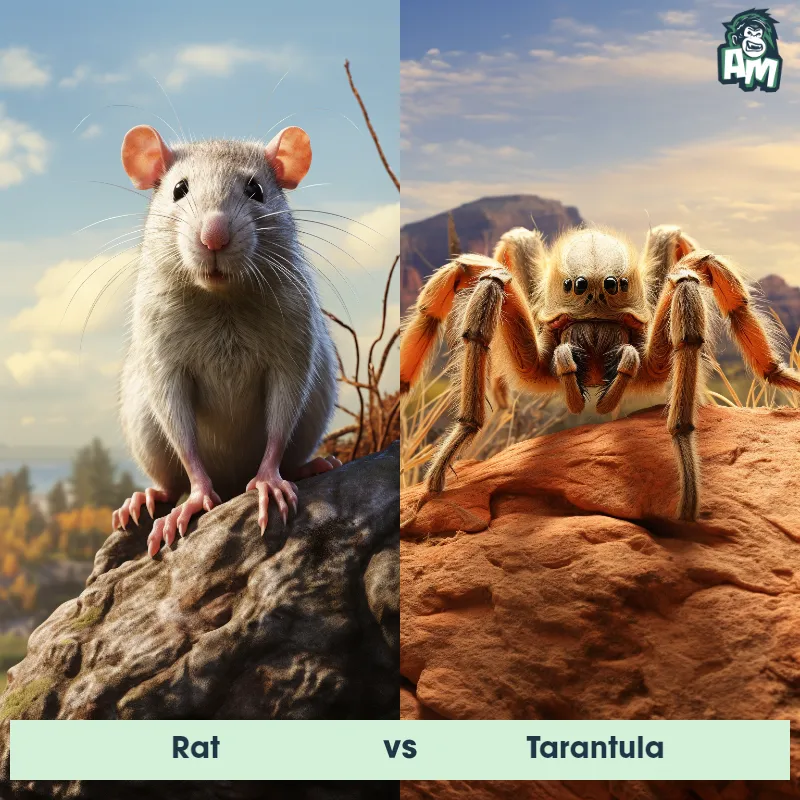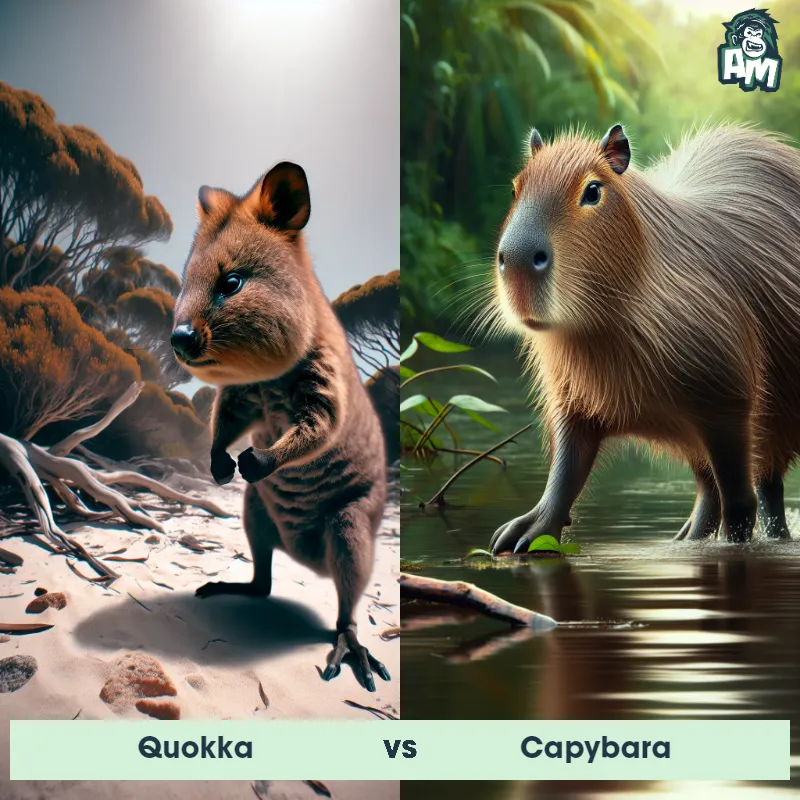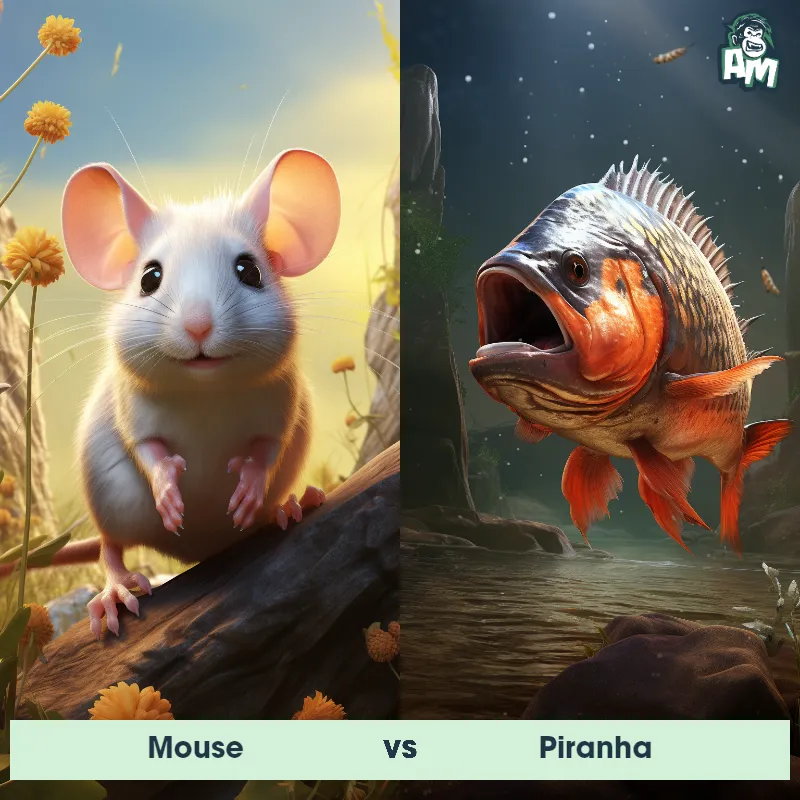Rat vs CapybaraSee Who Wins

Ladies and gentlemen, welcome to this epic matchup between two formidable creatures. In the blue corner, we have a nimble and cunning rat. And in the red corner, weighing in at over a hundred pounds, the gentle giant, the capybara. Both animals are ready to prove their dominance in this three-round fight. Let's get ready to witness an extraordinary battle!
Contender 1: Rat
The Rat is a medium-sized, long-tailed rodent, renowned for its adaptability to various environments. Common species include the larger brown rat (also known as the Norway rat) and the smaller black rat. Rats typically range from 9 to 11 inches in body length, with a tail length that's about the same. They have robust bodies, pointed snouts, and small, hairless ears. Rats are omnivores, with a diet that can include grains, fruits, vegetables, meat, and eggs, and they have a strong instinct to gnaw, which keeps their constantly growing teeth in check.
Fun Fact: Rats have excellent memories, and once they learn a navigational route, they won't forget it.
Contender 2: Capybara
The Capybara, also known as Hydrochoerus hydrochaeris, is the largest rodent in the world. They are native to South America and are semi-aquatic creatures that spend a significant amount of time in water. Capybaras have a stocky, barrel-shaped body with a short head, small ears, and eyes positioned high on their head. They have webbed toes and can even close their ears and nostrils when fully submerged. Closely resembling a giant guinea pig, they have short, coarse fur that can vary in color from reddish-brown to gray, and their front teeth continue to grow throughout their lifespan.
Fun Fact: A fascinating fact about Capybaras is that they are highly social animals and are known to form close-knit family groups. They live in large herds of up to 100 individuals, comprising several adult males, females, and offspring. These herds have a hierarchical structure, with a dominant male leading the group and defending his territory and harem of females.
Matchup Stats
| Rat | Capybara | |
|---|---|---|
| Size | 9 to 11 inches (22.86 to 27.94 cm) | About 1.2 meters (3.9 feet) in length |
| Weight | 0.77 to 1.1 lbs (350 to 500 grams) | Around 50-65 kilograms (110-143 pounds) |
| Speed | 7mph (11km/h) | 22 mph (35 km/h) |
| Key Strength | Strong instinct to gnaw | Powerful jaws and strong legs for defense |
| Biggest Weakness | Small size and lack of defensive mechanisms | Less agile on land compared to in water |
Current Votes
Rat vs Capybara
See Who Wins
View More Matches
Looking For More?
Similar Matches
Scientific Stats
| Rat | Capybara | |
|---|---|---|
| Scientific Name | Rattus | Hydrochoerus hydrochaeris |
| Family | Muridae | Caviidae |
| Habitat | Various environments, including urban areas, forests, and fields | Semi-aquatic, found in wetlands and grassy areas near water bodies. |
| Geography | Worldwide, except for Arctic and Antarctic regions | Native to South America, specifically found in countries such as Brazil, Venezuela, Colombia, and Argentina |
| Diet | Omnivorous (grains, fruits, vegetables, meat, eggs) | Herbivorous, primarily feeding on grasses and aquatic plants. |
| Lifespan | 1 year - 4 years | 10 years - 12 years |
Key Differences between Rat and Capybara
- COAT: Rats have a short and coarse-haired coat, which can vary in color but is commonly dark or light brown, whereas Capybaras have a coarse and rough-looking coat that ranges from reddish-brown to dark brown with a coarse texture.
- HIND LEGS: Rats have slender hind legs adapted for swift movement, typically with sharp claws, whereas Capybaras have more robust hind legs with hoof-like toes that enable them to be excellent swimmers.
- Body Shape: Rats have a slender and elongated body, with a long tail and pointed snout, whereas Capybaras possess a more robust and barrel-shaped body, with a blunt snout and a short, almost invisible tail.
- Size: The Rat is significantly smaller, typically measuring around 11-18 centimeters (4-7 inches) in length, while the Capybara is much larger, averaging 1.2 to 1.5 meters (3.9 to 4.9 feet) in length, making it the largest rodent in the world.
- GROUPING BEHAVIOR: Rats are solitary nocturnal animals, whereas Capybaras are highly social semi-aquatic mammals that live in groups called herds, usually consisting of 10-20 individuals.
- FACIAL FEATURES: Rats feature small ears close to their head, small eyes, and incisors that continuously grow, while Capybaras have larger and rounder ears, large dark eyes, and prominent front teeth that also grow continuously.




